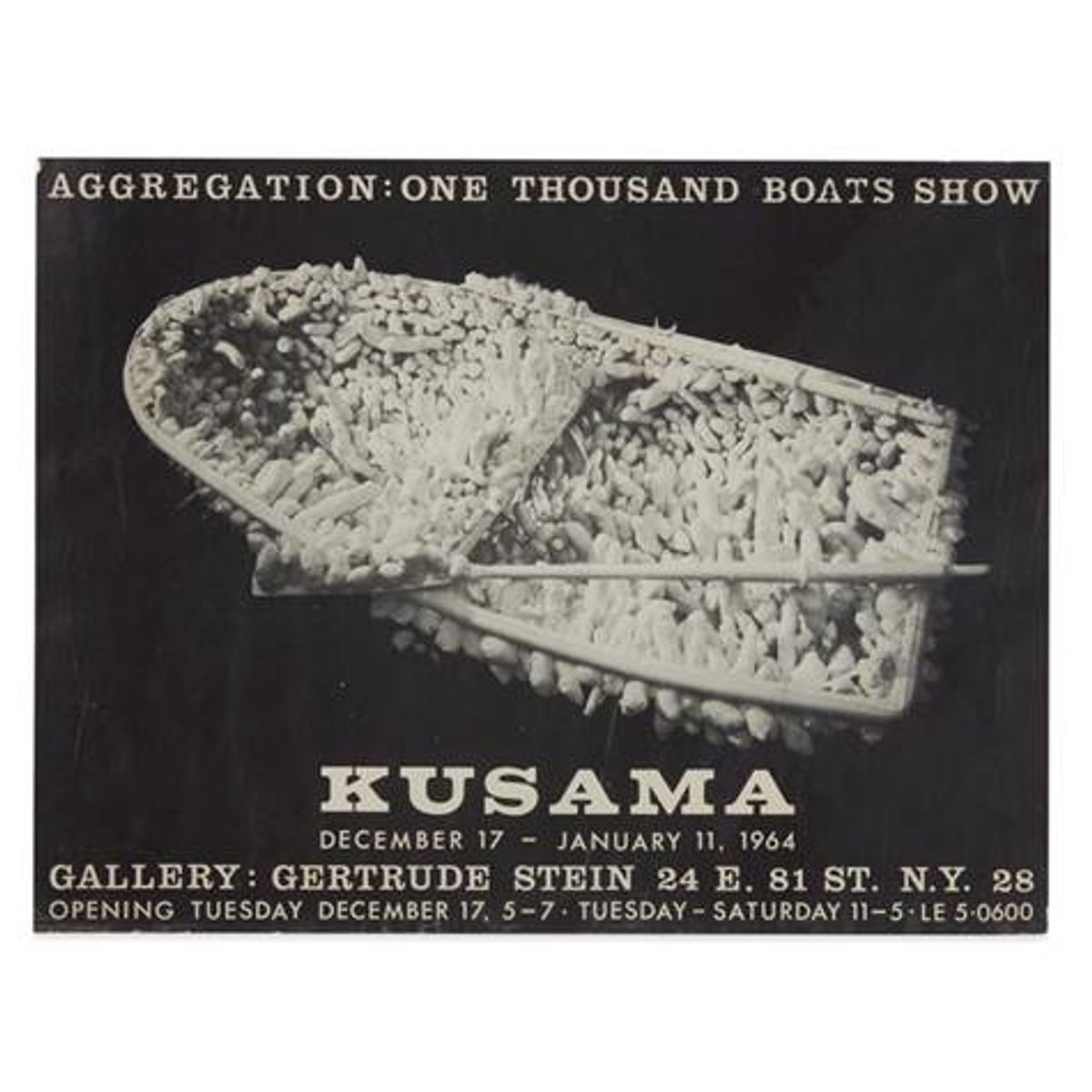A popular hashtag every March during Women’s History Month challenges people to name #5womenartists. But can you name five women art dealers? A new project aims to prove there are many to choose from, they just have not been mined from the margins of art history with the same vigor devoted to artists.
There is a general lack of knowledge about women art dealers, say Véronique Chagnon-Burke and Caterina Toschi, cofounders of the Women Art Dealers Digital Archives (WADDA), which focuses on the global female-driven art market beginning in the late 19th century. “We want to challenge the accepted narrative that there were only a few heroic figures,” says Chagnon-Burke, a New York-based independent scholar, referring to iconic male dealers or women like Betty Parsons. “We wanted to bring back these women [dealers] into the story of modern art.”
The project began in 2017, when Chagnon-Burke and Toschi organised a symposium about women art dealers at Christie’s Education in New York and were inundated with proposals. They organised a similar conference the following year, then decided to publish an anthology of all the papers (slated to be released by Bloomsbury Visual Arts in late 2023, and tentatively titled Women Art Dealers: Creating Markets for Modern Art, 1940-1990).
As the two realised they had found an underexplored area of scholarship, one that was seeing interest, WADDA’s scope grew. They decided to develop an open-access online platform to aggregate existing research, publish oral histories, share resources, and serve as a meeting place for scholars. They have applied for funding from the European Cultural Council and hope to expand the website soon.
“The innovative argument explored and supported by WADDA is that the professional alienation that women historically faced galvanised their interest in the niche markets—in turn marginal but more experimental—that today represent key sectors of art-market investment,” says Toschi, an art history professor at the University for Foreigners of Siena who has researched the gallerist Beatrice Monti della Corte. Monti founded the Milanese Galleria dell’Ariete in 1955 and regularly hosted shows introducing US artists such as Jasper Johns, Jackson Pollock, and Robert Rauschenberg to Italy through the mid-1980s.
As WADDA awaits funding, it is expanding visibility in academic circles. It will chair sessions at two conferences this spring—the College Art Association and the Association for Art History. The participating papers have a broad geographic span, with topics that include postwar dealers in Italy who supported avant-garde media and gallerists in São Paulo since the 1960s. “There are a lot of gaps, we know very little about women art dealers outside France, Germany, and the US,” says Chagnon-Burke, noting a marked effort to expand beyond that geography.
“Art history still tends to focus only on the artists and their work and less on how the artists achieved recognition,” says Chagnon-Burke. “Bringing more visibility to women art dealers is also a powerful way to contribute to the history of women as entrepreneurs, women as business leaders.”


